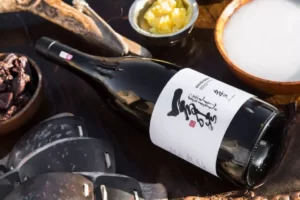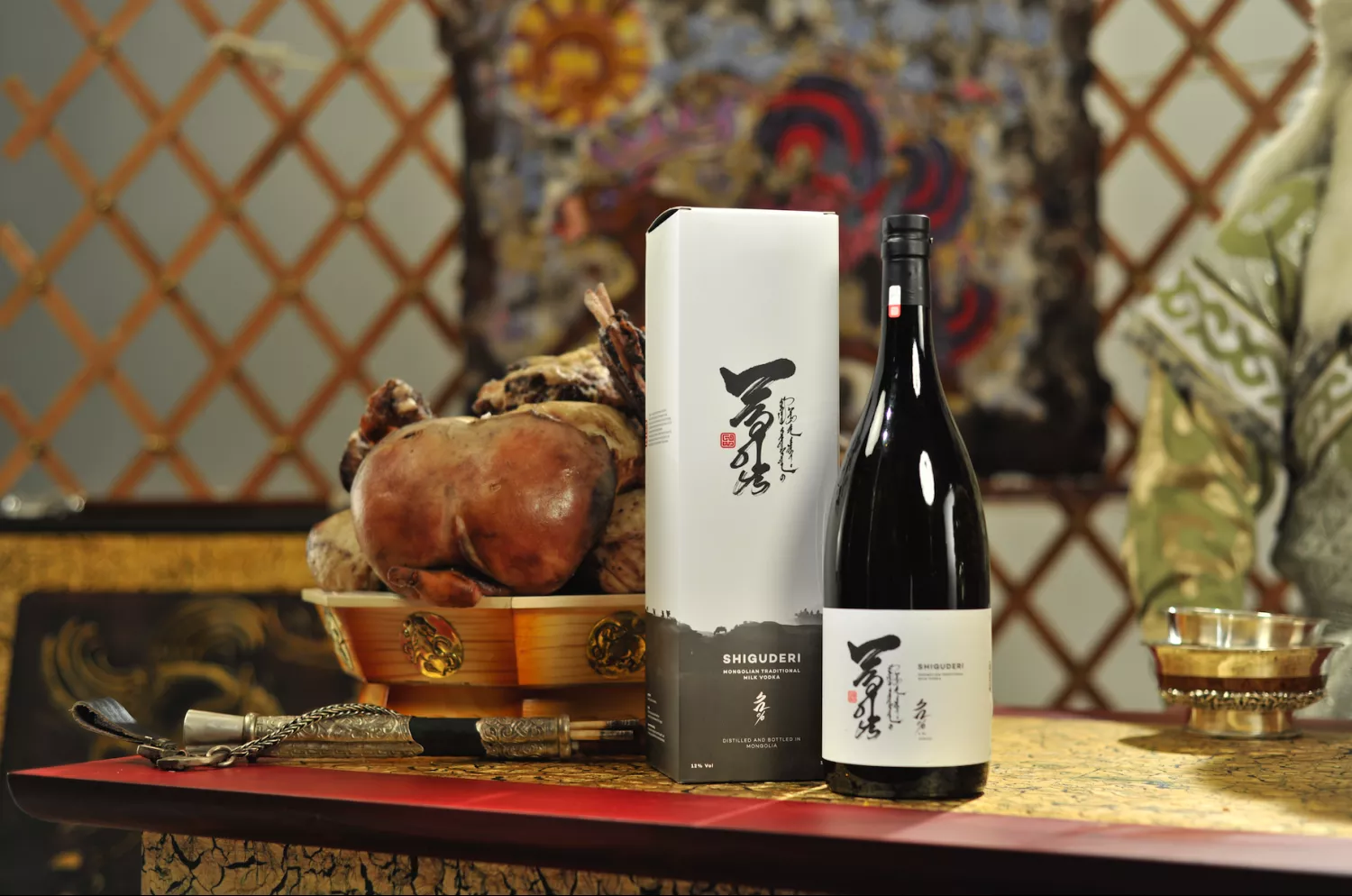Willem de Rubruk and Plano Carpini wrote in their travel notes about Kharkhorin, the capital of the Great Mongol Empire, about the magnificent design of the Silver Tree, from which four types of luxurious drinks flowed. From the Silver Tree, which itself was a work of art, flowed wine, airag (koumiss), mead and beer. This story shows that the Mongols had a high culture of preparing delicious and nutritious drinks from ancient times.
Distilled alcohol has long been used by nomads as an intoxicating drink. The Mongols call their vodka Mongolian vodka, distilled vodka and fermented vodka, while in the Western world it is called milk vodka and in Eurasia it is called araka, arkha.
Traditions of distilling and drinking alcohol
Mongolian vodka is made by distilling the fermented milk of various animals, and the whole process is called “cauldron distillation”.
Fermented vodka is a very healthy product that calms the mind, is good for the digestive system and joints, suppresses internal heat and improves physical fitness. Since ancient times, the Mongols, along with the use of heated and cold vodka, also added medicinal plants and used them as tinctures.
Hot vodka means that the vodka is slightly warmed up to 40-45 degrees Celsius, and then cooled a little more and drunk. Butter or honey can be added to hot vodka and is ideal to be consumed before a hearty meat meal. Cold vodka is cooled to 5-0 degrees Celsius and is considered suitable for drinking before and after cold snacks and hot soups.
Mongolian vodka has a sweet and sour taste of freshly fermented cottage cheese, with a light refreshing aroma of sour cream.

Traditions related to alcohol consumption
Strict rituals, taboos and deep symbolic rituals of drinking have survived to this day, which have long been revered as an offering for gods and spirits.
Good vodka is served only at the banquet table, and is served in gold and silver bowls that can destroy any poison. The host who serves vodka usually props up the elbow of the other hand with one hand, and the guest sits down to taste it.
The Mongols have long abstained from the abuse of alcohol and have severely punished violators. Eight centuries ago, the Italian traveler Plano Carpini wrote that “the Mongols drank little alcohol, but those who drank alcohol did not start fights, on the contrary, they used it with honors.”
The most unique ritual performed while drinking alcohol is the ritual of libation. The gesture of libation is blessed three times with the ring finger, saying “Peace to the blue sky”, “Peace to the earth” and “Peace to the people”, symbolizes the nomadic mentality, closely connected with nature. The ring finger is considered the cleanest of the five fingers, and is therefore used for the libation gesture.
According to the legend about the ritual of libation, “To kill the nobles, the enemies arranged a feast and presented a bowl of vodka. They say that a subject named Yadam, who learned about the plans of the enemy, took the poisoned vodka instead of the nobles and performed a ritual of libation. At the same moment, the skin with the meat of his ring finger slid off, leaving only the bones. Since then, the fourth finger of the hand that saved the nobles began to be called by the name of Yadam.
The correct and respectful consumption of traditional vodka, which is produced as a result of laborious work, such as collecting dew drops, has come down to us from the depths of a thousand-year history. Therefore, we recommend that you use it in moderation and enjoy it according to our tradition.

